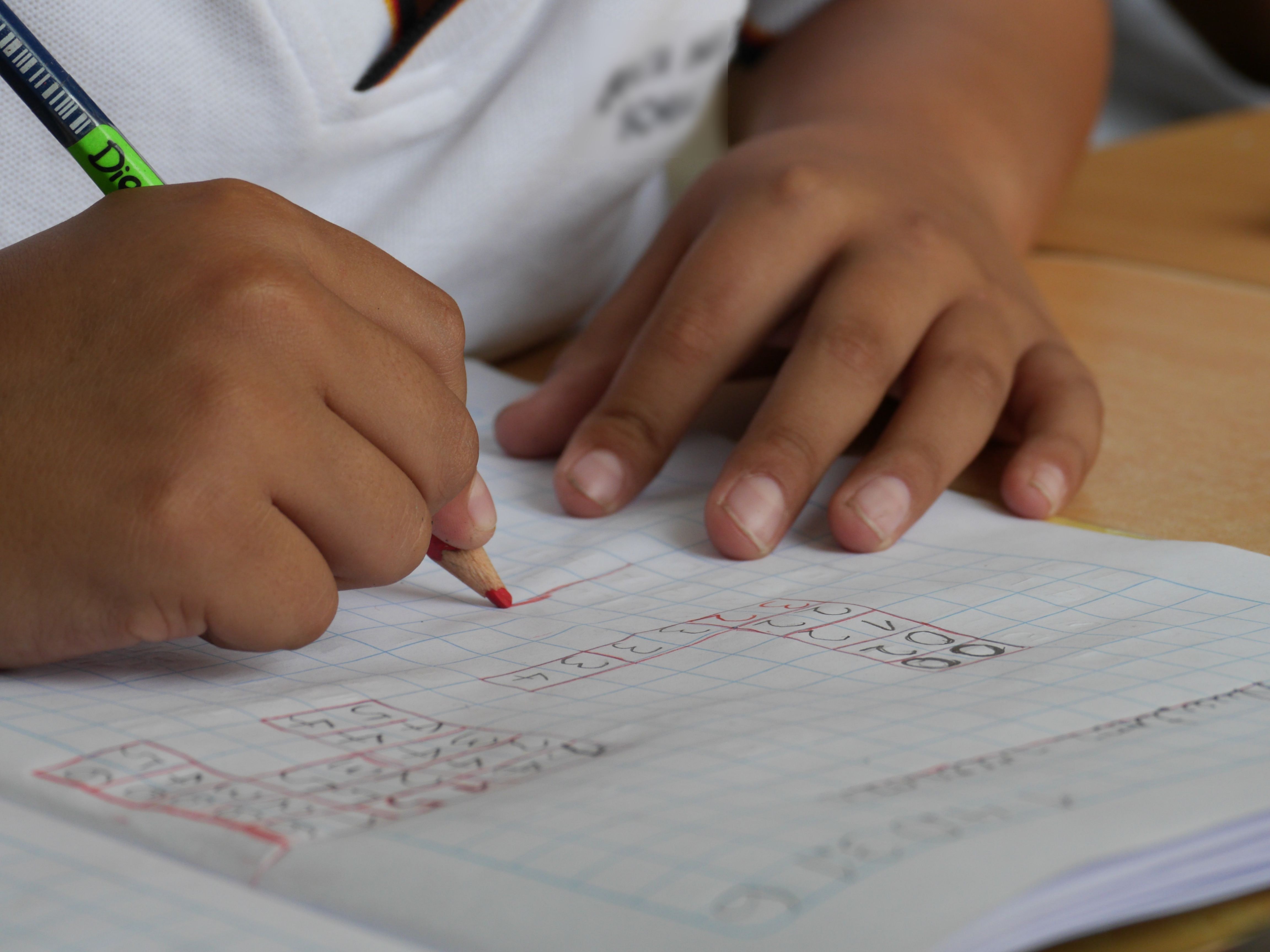The Curriculum Insights and Progress Study, an update on the National Monitoring Study of Student Achievement (NMSSA), has assessed a nationally representative sample of students at Years 3, 6 and 8 from English-medium state and state-integrated schools, in reading and maths.
While only 22 per cent of Year 8s are meeting expectations, the figures for preceding year levels aren’t much better, with Year 3s at 20 per cent and Year 6s at 28 per cent.
The results have been provisionally benchmarked against a 2023 draft version of a new curriculum statement in mathematics, which requires a higher level of proficiency than the 2007 curriculum currently taught in schools.
Based on the 2007 curriculum, 42 per cent of Year 8 students are meeting expectations.
“What we’re seeing in mathematics is a change in curriculum and a new benchmarking process rather than a change in achievement,” one of the study leads, Dr Charles Darr, said in a statement.
Labour has hit out at the Government, saying mapping achievement against the 2023 draft curriculum is like shifting the goalposts after the ball has been kicked.
But the Prime Minister has defended their claims.
"Whether it’s 45 per cent or whether it's 22 per cent, we’ve got a problem in maths ... we see three out of our five kids are actually a year or more behind, four out of five are actually not at the standard they need to be to take on high school. That’s a big problem,” Luxon told RNZ.
Trend data from this study and NMSSA indicates that at Year 8, there has been no statistically significant change in mathematics achievement scores since at least 2013.
On average, students scored about the same in 2013, 2018, 2022, and 2023.
“It is unacceptable that only 22 per cent of our Year 8 students are at the expected standard for maths," Education Minister Erica Stanford has said, referring to the figure based on new benchmarks.
“We cannot allow the decline in achievement to continue. We all need to work together to turn these results around, so Kiwi kids get equal opportunities to learn.
“That’s why we’re rolling out the fourth component of Make It Count, so our education system is accountable to deliver the fundamental shift we need,” she said in a statement.
Announced on Monday, the Make It Count action plan involves the rollout of a new Year 0-8 curriculum, to be introduced at the beginning of 2025.
The Government has committed $20 million for professional development in ‘structured mathematics’ for teachers, and resources including teacher and student workbooks, will be provided to every primary and intermediate school.
While many educators have agreed maths achievement around Aotearoa needs to improve, most are concerned about the Government’s ambitious timeline.
“I think it would be wise to slow down and revisit the timeline for any implementation plans so that we can get this right,” New Zealand Principals’ Federation (NZPF) president Leanne Otene has said in a statement.
“To see our mathematics results as a crisis requiring an immediate blanket solution, will not produce sensible long-term improvements in mathematics achievement.”
NZEI Te Riu Roa has suggested the rapid pace of change to the primary curriculum in maths and literacy will further strain its workforce, without delivering the results the Government is promising.
“We’ve had two rapid and major changes to curriculum, both being fast-tracked for 2025,” Laingholm Primary School principal and NZEI Te Riu Roa national executive representative Martyn Weatherill said in a statement.
“We’re very concerned that $20 million isn’t enough when you take into account what it will need to cover. Funding a couple of days of teacher training in one curriculum area is not going to cure 30 years of systemic and chronic underfunding of schools.”
The union has also questioned the Government’s move towards structured mathematics.
“In 2021, the Ministry of Education convened an expert panel on Pāngarau Mathematics and Tauanga Statistics in Aotearoa New Zealand that provided 14 recommendations – a narrow approach with structured mathematics was not one of them,” Weatherill said.
“We do need to address student achievement, but we also know that the diversity of ākonga requires more diversity of approaches, not less. We have existing programmes that do this, and we should be expanding those.”
As part of the Government’s action plan, Teaching Council has also agreed to lift maths entry requirements for new teachers.
Teaching Council is proposing that candidates wanting to enter primary teacher training will need to meet a minimum of 14 mathematics credits at NCEA Level 2 (or equivalent), to demonstrate their secondary school achievement in mathematics.
The Teaching Council’s ITE and Induction Stakeholder Group has established a working group on entry requirements for primary ITE and CE Lesley Hoskin, will ask them for advice, as a matter of urgency, on elements of the design of this new requirement.
Changes would be effective with approved transitional arrangements from 2025.















